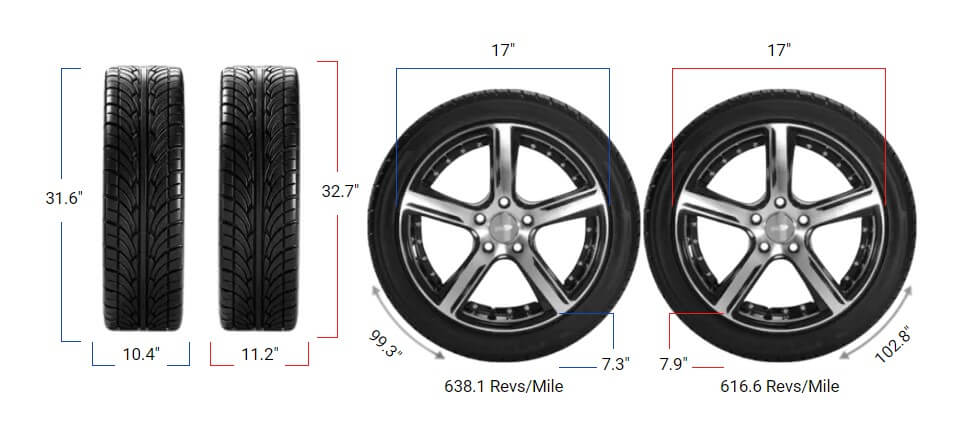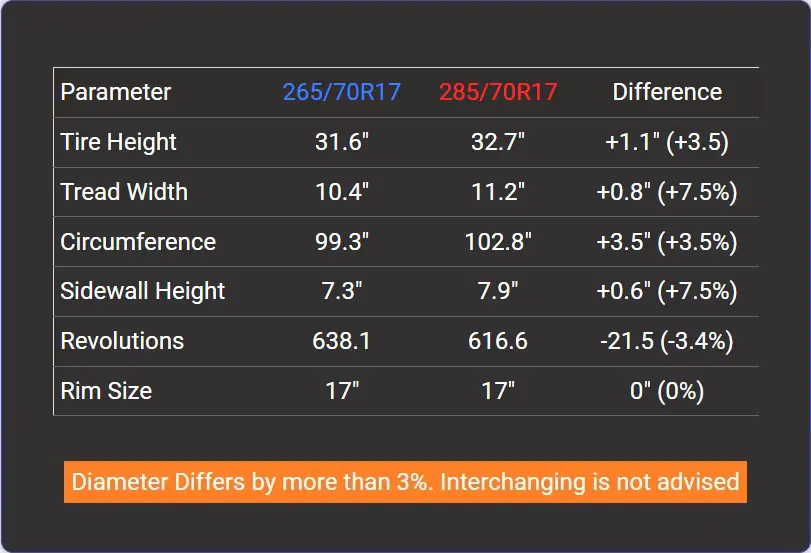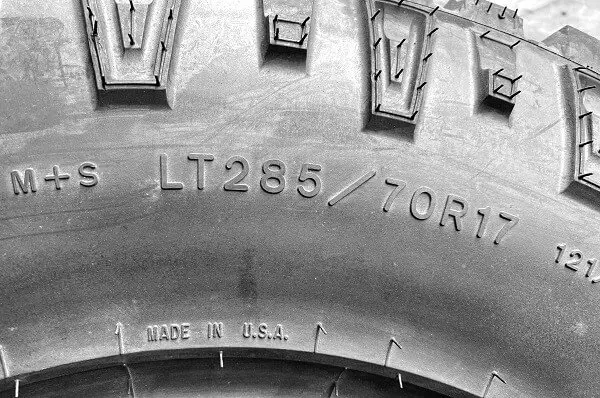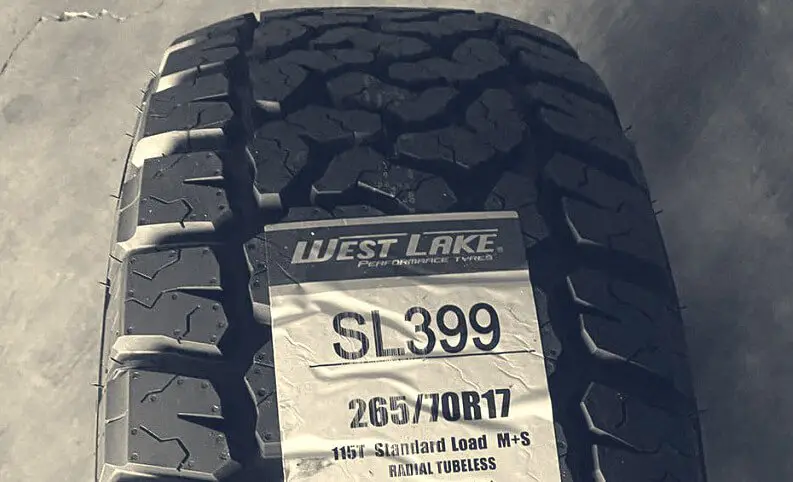Tire Size 265/70R17 vs 285/70R17

Switching from 265/70R17 to 285/70R17 tires involves a significant change in size and performance. This upgrade increases the tire’s width, diameter, and overall circumference, affecting various aspects of your vehicle’s handling and appearance.
- Tire diameter increases by 3.5%, exceeding the recommended 3% limit
- Width expands by 7.5%, improving traction but potentially causing rubbing
- Ground clearance rises by about half an inch, benefiting off-road performance
- Speedometer accuracy decreases, showing slower speeds than actual
- Fuel efficiency may slightly decrease due to increased rolling resistance
265/70R17 vs 285/70R17 Table
The primary distinction when switching from 265/70R17 to 285/70R17 tires lies in the overall diameter increase of 1.1 inches (28 mm).

Fitment Guide
It’s crucial to note that the diameter difference exceeds the acceptable 3% range. This interchange is not generally recommended without necessary adaptations.
Drivers intent on making this switch should be prepared to make modifications to prevent issues such as rubbing or clearance problems.
On-Road Impact
The switch to larger tires can significantly affect your vehicle’s on-road performance. Here’s how the change from 265/70R17 to 285/70R17 might impact your daily driving experience:
- Handling: The wider 285/70R17 tires offer improved traction on dry roads due to their larger contact patch. However, this may come at the cost of slightly reduced responsiveness in quick maneuvers.
- Ride Comfort: The taller sidewall of the 285/70R17 tires (7.85 inches vs 7.3 inches) can provide a smoother ride by absorbing more road imperfections. This can be particularly noticeable on rough or uneven surfaces.
- Speedometer Accuracy: The larger tire diameter affects your speedometer readings. At a speedometer reading of 20 mph, your actual speed will be 20.7 mph. This discrepancy increases at higher speeds, potentially leading to unintended speeding.
- Fuel Efficiency: The heavier and wider 285/70R17 tires may slightly reduce fuel efficiency due to increased rolling resistance and weight. This effect is often minimal but can add up over time, especially for drivers covering long distances regularly.
- Aesthetics: Many drivers appreciate the more aggressive look of larger tires. The 285/70R17 size fills out wheel wells more completely, giving the vehicle a more rugged appearance.

Off-Road Impact
For off-road enthusiasts, the switch to 285/70R17 tires can bring several advantages. Here’s how this change might enhance your off-road adventures:
- Ground Clearance: The increase in tire diameter adds approximately 0.55 inches (14 mm) of ground clearance. This improvement, while seemingly small, can make a noticeable difference when navigating over rocks, logs, or other obstacles.
- Traction: The wider tread of the 285/70R17 tires provides better grip in loose terrain such as sand, mud, or gravel. This can be a significant advantage in challenging off-road conditions.
- Flotation: Larger tires offer improved “flotation” in soft surfaces like sand or snow. The increased surface area helps distribute the vehicle’s weight more evenly, reducing the chances of getting stuck.
- Durability: While not a direct result of the size increase, many 285/70R17 tires designed for off-road use feature stronger sidewalls and more robust construction. This can improve puncture resistance and overall tire longevity in harsh conditions.
- Water Fording: The taller tires increase the vehicle’s water fording depth slightly. While this doesn’t replace proper preparation for deep water crossings, it can provide a small advantage in shallow water obstacles.
What is the Difference Between 265/70r17 and 285/70r17?
The main difference between 265/70r17 and 285/70r17 tires lies in their overall diameter. The 285/70r17 tire is significantly larger, with a diameter of 32.71 inches compared to the 31.61 inches of the 265/70r17.
This 1.1-inch (28 mm) increase represents a 3.5% change in diameter, which exceeds the generally recommended 3% limit for tire size changes.

Can I Use 285/70r17 Instead of 265/70r17?
While it’s possible to use 285/70r17 tires instead of 265/70r17, it’s not typically recommended without careful consideration and potential vehicle modifications. The 3.5% increase in diameter exceeds the generally accepted 3% guideline for tire size changes.
This switch may require modifications to prevent rubbing issues and could affect vehicle handling, speedometer accuracy, and fuel efficiency.
If you decide to make this change, it’s advisable to consult with a professional to ensure proper fitment and address any necessary adjustments to your vehicle.
How Much Taller Is a 285/70r17 Tire Than a 265/70r17?
A 285/70r17 tire is 1.1 inches (28 mm) taller than a 265/70r17 tire. The 265/70r17 has a diameter of 31.61 inches (802.8 mm), while the 285/70r17 has a diameter of 32.71 inches (830.8 mm). This difference represents a 3.5% increase in overall height.
How Much Wider is a 285/70r17 Tire Than a 265/70r17?
A 285/70r17 tire is 0.79 inches (20 mm) wider than a 265/70r17 tire. The 265/70r17 has a width of 10.43 inches (265 mm), while the 285/70r17 has a width of 11.22 inches (285 mm). This difference represents a 7.5% increase in width
Our Observation
Switching from 265/70R17 to 285/70R17 tires offers a mix of benefits and challenges. Off-road, the larger tires provide noticeable improvements in ground clearance, traction, and overall capability.
These advantages can significantly enhance the vehicle’s performance in challenging terrains. On-road, the change brings a more imposing look and potentially smoother ride, but at the cost of slightly reduced fuel efficiency and speedometer accuracy.
The 3.5% diameter increase, while exceeding the recommended limit, may not drastically affect daily driving for most users. However, potential fitment issues and the need for vehicle modifications should be carefully considered.
Ultimately, this upgrade is best suited for those prioritizing off-road performance and aesthetic enhancement over minor on-road compromises.

Meet Caitlin McCormack, a Tire Size Expert and Blogger Passionate About Everything Related to Tires. With Years of Experience in the Tire Industry, Caitlin Has Become an Expert in Tire Sizes and Their Impact on Vehicle Performance.
